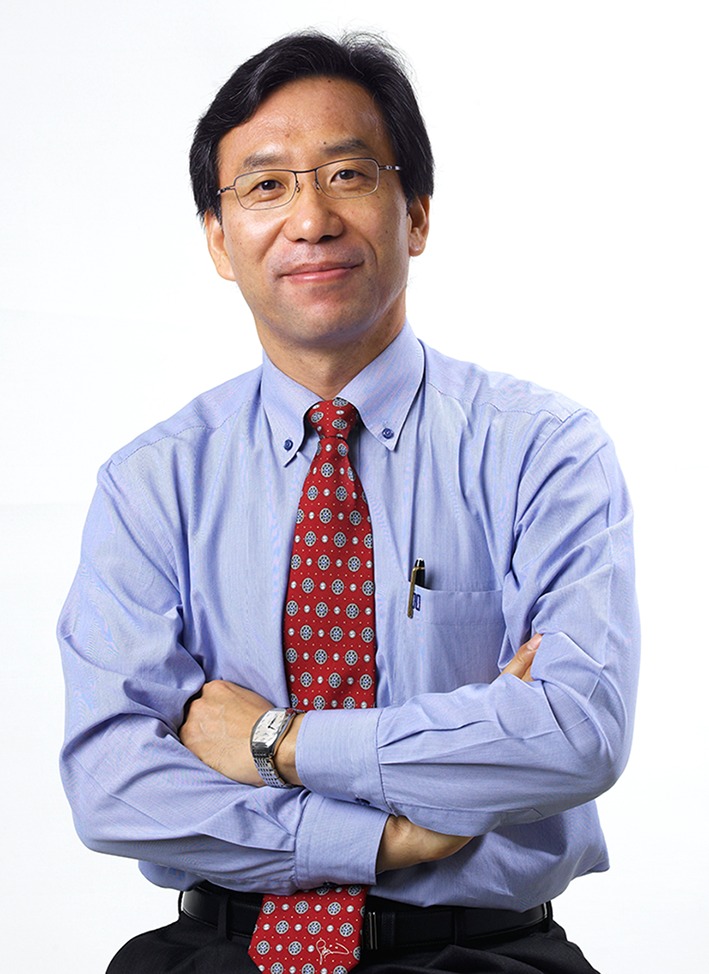Despite the generally successful results of contemporary TKA, many patients remain unsatisfied with the performance of their replaced knees. This may be even more true among Asian patients, since cultural characteristics such as a floor-based lifestyle call for frequent high-flexion activities. Furthermore, if Asian patients undergoing TKA have unique demographic and anatomic features known to influence surgical outcome, these should be taken into consideration at the level of patient selection, prosthesis design, and surgical technique. Considering the rapidly increasing number of TKAs performed in Asian countries, scientific data on Asian patients undergoing TKA will prove more important in the coming years.
This symposium presents 13 papers depicting unique aspects of TKAs in Asian patients. One paper focuses on the trends of TKA use in one Asian country over the past decade. This study found a fivefold increase of TKA use over the time period, which is far greater than the corresponding growth in Western countries, and the consistent dominance of female and elderly patients, which is different from less remarkable female dominance and trends toward increasing proportions of young patients observed in Western countries. Three papers from China, Japan, and Korea report the presence of unique anatomic characteristics of a patient population from their respective countries. These anatomic features can be accommodated in designing prosthesis and optimizing surgical techniques for Asian patients. Three papers from Korea report the performance of high-flexion prostheses in Korean patients and consider ethnic and cultural parameters and practical questions that deserve scrutiny in this subpopulation of Asian patients. A meta-analysis demonstrates the incidence of pulmonary embolism and deep vein thrombosis after TKA in Asians remains low, which may suggest the need for different thromboprophylactic strategies for Asian patients. Efforts to improve current prostheses or techniques would be in vain without a proper tool to evaluate outcomes. This symposium concludes with a paper proposing a new outcome measure intended to accommodate activities required for floor-based lifestyles that are rather unique for Asian cultures.
It is my sincere belief and wish that the studies presented will aid clinicians caring for Asian patients undergoing TKA. I would like to thank all authors for contributing their excellent work to this symposium and all the reviewers for their thoughts and suggestions on the manuscripts. I would also like to extend my sincerest gratitude to Richard A. Brand MD, the former editor- in-chief of CORR®, and Edward G. McFarland MD, the president of the Association of Bone and Joint Surgeons®, for inspiring me to propose this symposium and for supporting our Asian colleagues who contributed to this symposium (Fig. 1).
Fig. 1.

Dr. Tae Kyun Kim is shown.
Footnotes
All ICMJE Conflict of Interest Forms for authors and Clinical Orthopaedics and Related Research editors and board members are on file with the publication and can be viewed on request.


